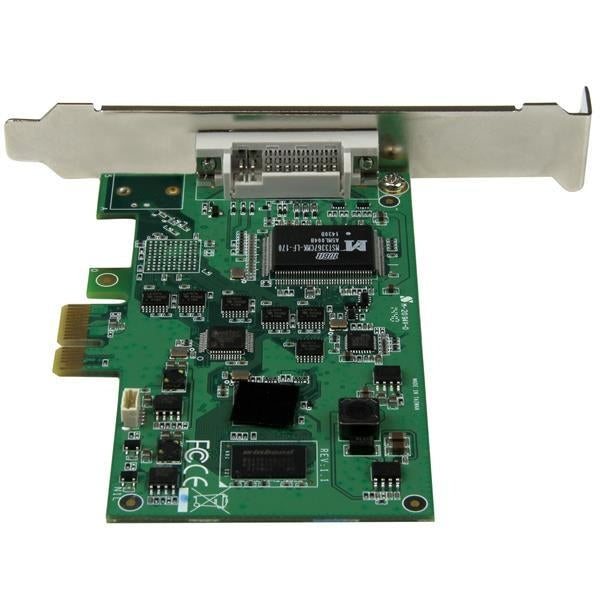
1 Amplitude modulation immunity to capture effectĪmplitude modulation immunity to capture effect. For example, the aviation glideslope vertical guidance clearance beam is sometimes described as a "capture effect" system, even though it operates using AM signals. Similar phenomena to the capture effect are described in AM when offset carriers of different strengths are present in the passband of a receiver. This is one reason that the aviation industry, and others, have chosen to use AM for communications rather than FM, allowing multiple signals to be broadcast on the same channel. It is measured as the lowest ratio of the power of two signals that will result in the suppression of the smaller signal.Īmplitude modulation, or AM radio, transmission is not subject to this effect. The measurement of how well a receiver can reject a second signal on the same frequency is called the capture ratio for a specific receiver. Some types of radio receiver circuits have a stronger capture effect than others. The capture effect can occur at the signal limiter, or in the demodulation stage, for circuits that do not require a signal limiter. When both signals are nearly equal in strength, or are fading independently, the receiver may switch from one to the other and exhibit picket fencing. 
The capture effect is defined as the complete suppression of the weaker signal at the receiver limiter (if it has one) where the weaker signal is not amplified, but attenuated. In telecommunications, the capture effect, or FM capture effect, is a phenomenon associated with FM reception in which only the stronger of two signals at, or near, the same frequency will be demodulated.

Unsourced material may be challenged and removed. Please help improve this article by adding citations to reliable sources. This article needs additional citations for verification.






 0 kommentar(er)
0 kommentar(er)
